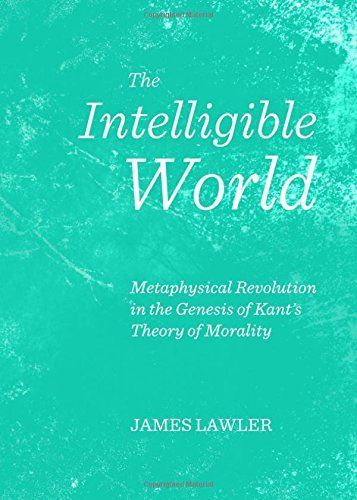
The Intelligible World Metaphysical Revolution in the Genesis of Kant's Theory of Morality
Understanding Kant’s “pre-critical” philosophy is central to appreciating his three critiques. Overshadowed by the critiques, the early work stands on its own as a central contribution to the development of the philosophy of its time. In addition, it not only prepares the way for the critiques, but constitutes a hidden background without which they cannot be adequately understood. Here we find Kant’s great cosmology, which is what Kant later regarded as the “thing-in-itself,” persisting behind his notions of the noumenon, the intelligible world, and the postulates of morality. Although he finally decided that his grand cosmological vision could not be demonstrated, what cannot be strictly known can still be conjectured, justifiably believed, or postulated. Kant’s “only possible proof” for the existence of God remains implicit in the first critique. The only writer about whom Kant ever dedicated a major work, Dreams of a Spirit-Seer Elucidated by Dreams of Metaphysics, was Emanuel Swedenborg. Kant here explores a conjectural metaphysics of matter and spirit, and further formulates the meaning of “the intelligible world,” providing the ontological framework of his later ethics. If only one of Swedenborg’s documented spirit-seeings was valid, how feeble must the metaphysical dreams of philosophers themselves seem.